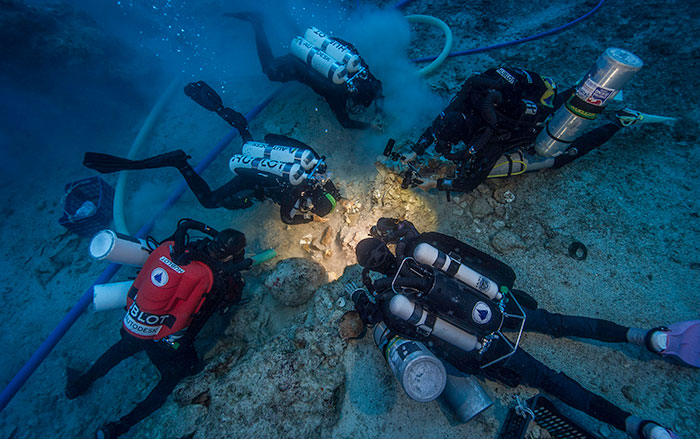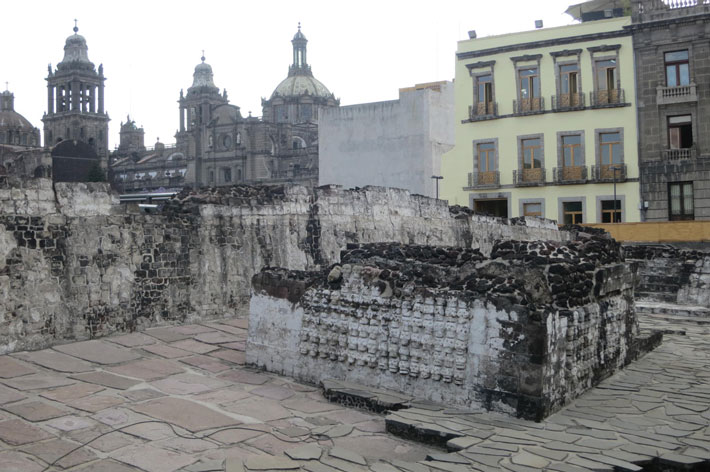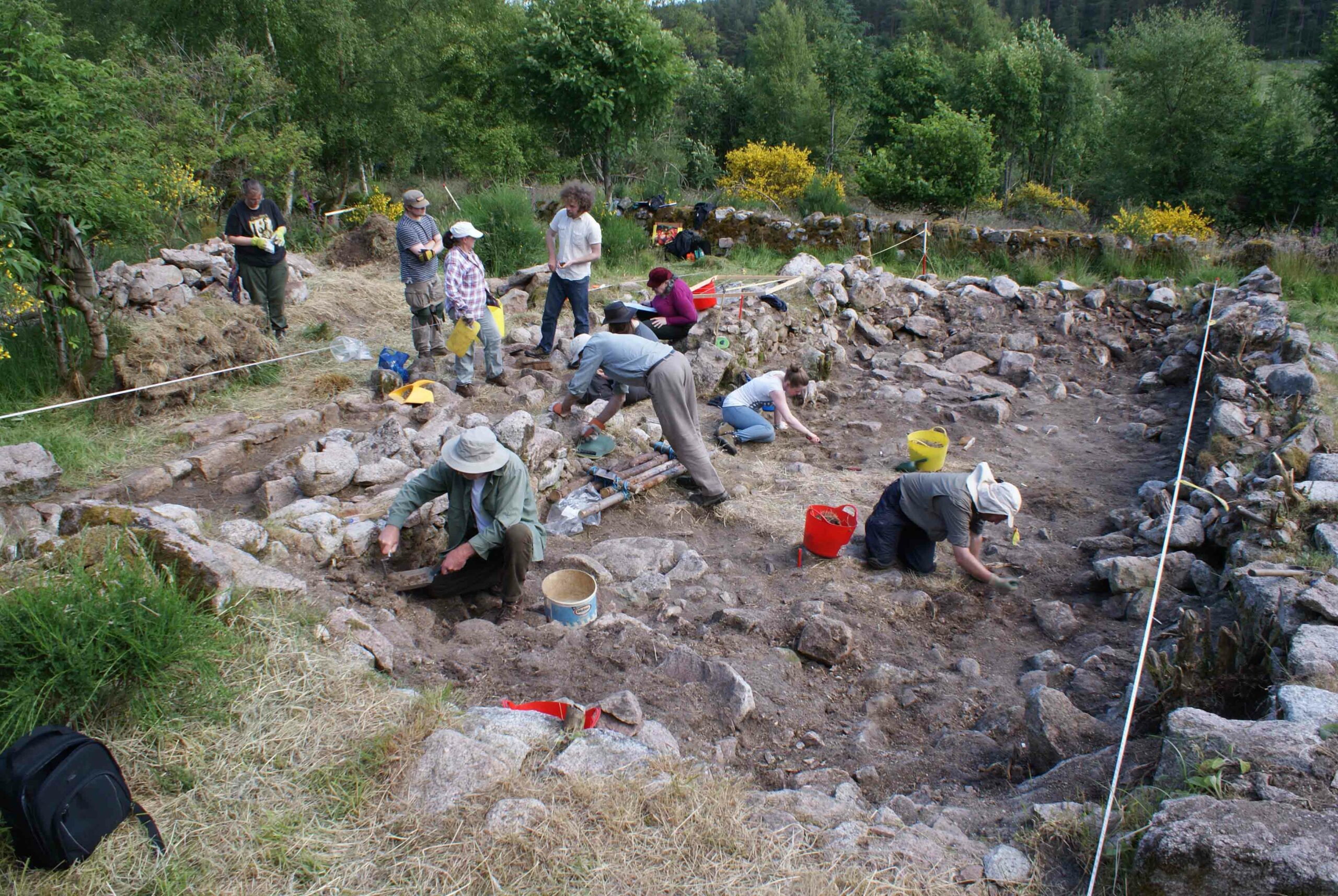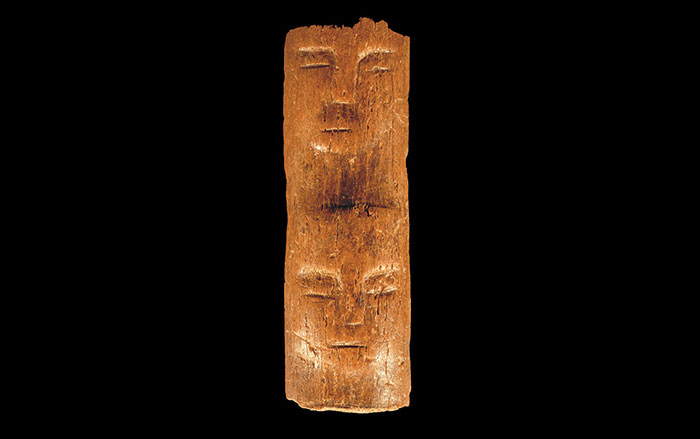
PHILADELPHIA, PENNSYLVANIA—While digitizing records from Sir Leonard Woolley’s excavation of Ur in the early twentieth century, project manager William Hafford from the University of Pennsylvania Museum of Archaeology and Anthropology found lists of artifacts that were sent to the Penn Museum and the British Museum. Among the items sent to Philadelphia was a rare, 6,500-year-old intact skeleton that was listed as “Not Accounted For” in the museum’s collections as recently as 1990. Hafford and Janet Monge, curator-in-charge of the museum’s Physical Anthropology Section, soon matched Woolley’s detailed notes and photographs with an unlabeled skeleton that had been stored in a coffin-like box in the basement for the past 85 years. The skeleton, once a well-muscled male, stood about 5’ 8” tall, and lived to about age 50. Woolley’s records show that the man had been buried in a deep layer of silt from a great flood that may have inspired epic tales of floods. The museum researchers have nicknamed the skeleton “Noah” with this in mind, but “Utnapishtin might be more appropriate, for he was named in the Gilgamesh epic as the man who survived the great flood,” Hafford told The Philadelphia Inquirer.










